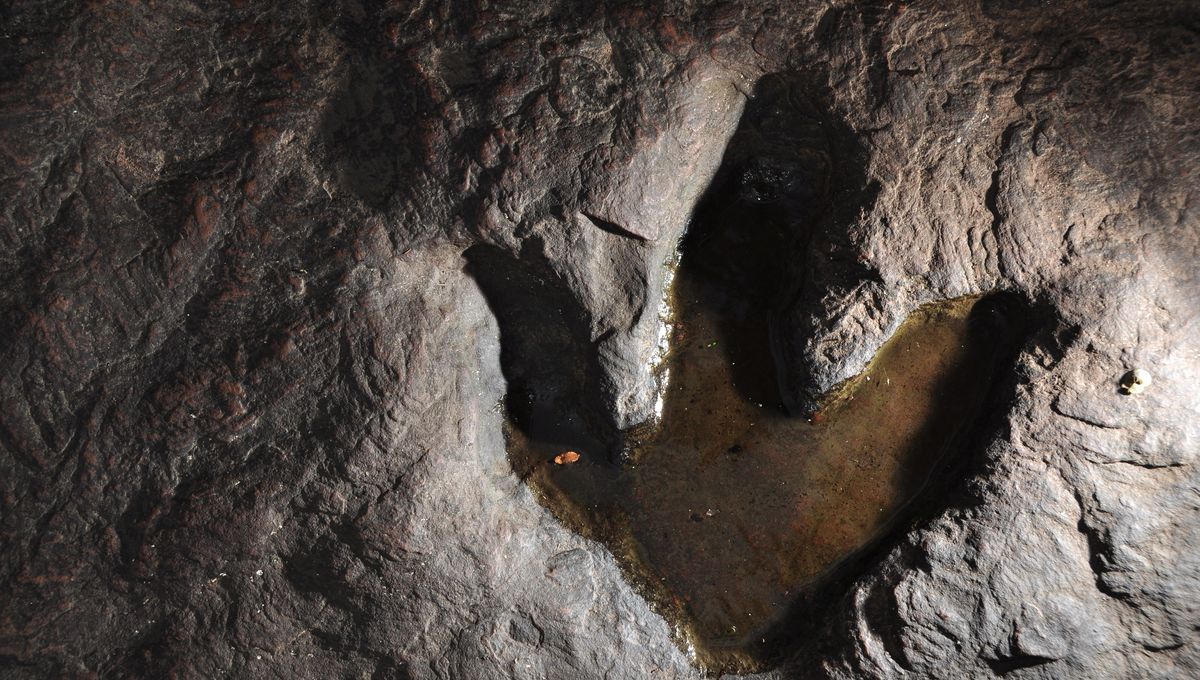
Palaeontology is currently experiencing something of a “golden age”, with a wealth of new, weird, and wonderful dinosaurs discovered each year. The question is just how long that golden age will last. Only a finite number of dinosaur species existed – so how many are there left to find?
There’s no exact answer to that question at the moment because, well, we don’t know what we don’t know, and it’s not unusual to hear a palaeontologist say that the fossil record is far from complete. That being said, scientists are still making estimates, which often start with predictions of how many dinosaur species existed.
“We’ve only found a tiny fraction of the dinosaurs that have ever lived,” Steve Brusatte, a palaeontologist at the University of Edinburgh, told CNN. “Birds today are the descendants of dinosaurs. There (are) over 10,000 species of birds that live just right now. And of course, dinosaurs lived for well over 150 million years. So do the math. There were probably thousands, if not millions, of different species of dinosaurs.”
But what do other scientists say?
In 2006, palaeontologists Steve C. Wang and Peter Dodson used a statistical method to estimate the number of non-avian dinosaur genera – the scientific rank above species – to ever have existed, and pinned it down to around 1,850. At the time, there were 527 genera that had been discovered, so they predicted that around 71 percent were left to be discovered.
Many genera of currently known dinosaurs contain just a single species, known as monospecificity, so it would be easy to assume that this could translate to the number of species left to find. However, it’s not true of 10 percent, so there’s the potential for there to be far more species.
Nonetheless, a 2016 study did estimate the number of species wasn’t too far off. The sampling model used led the authors to the conclusion that there were around 1,936 different species of dinosaurs to have existed. Given that there are around 1,000 named species of dinosaur, that leaves us with just over 900 left to find – if we can find them.
Not everything makes it into the fossil record. Fossilization requires specific conditions, relying on an organism to not decompose or get snaffled up and digested. Without a multi-stop journey on a time machine, we can’t know what did or didn’t make it into fossilhood.
However, out of the dinosaur genera that are “discoverable” (in other words, were successfully fossilized, the fossil didn’t get destroyed at some point, and they’re in a place where people are capable of finding them), Wang and Dodson predicted that 75 percent of them will be known within the next 60 to 100 years. After around 100 to 140 years, their model suggests we’ll know 90 percent.
Whether or not those predictions come true, it’s likely that the golden age of palaeontology isn’t going away any time soon, nor is the steady stream of new dinosaur species it’s providing.
Source Link: How Many Dinosaurs Are There Left To Discover?